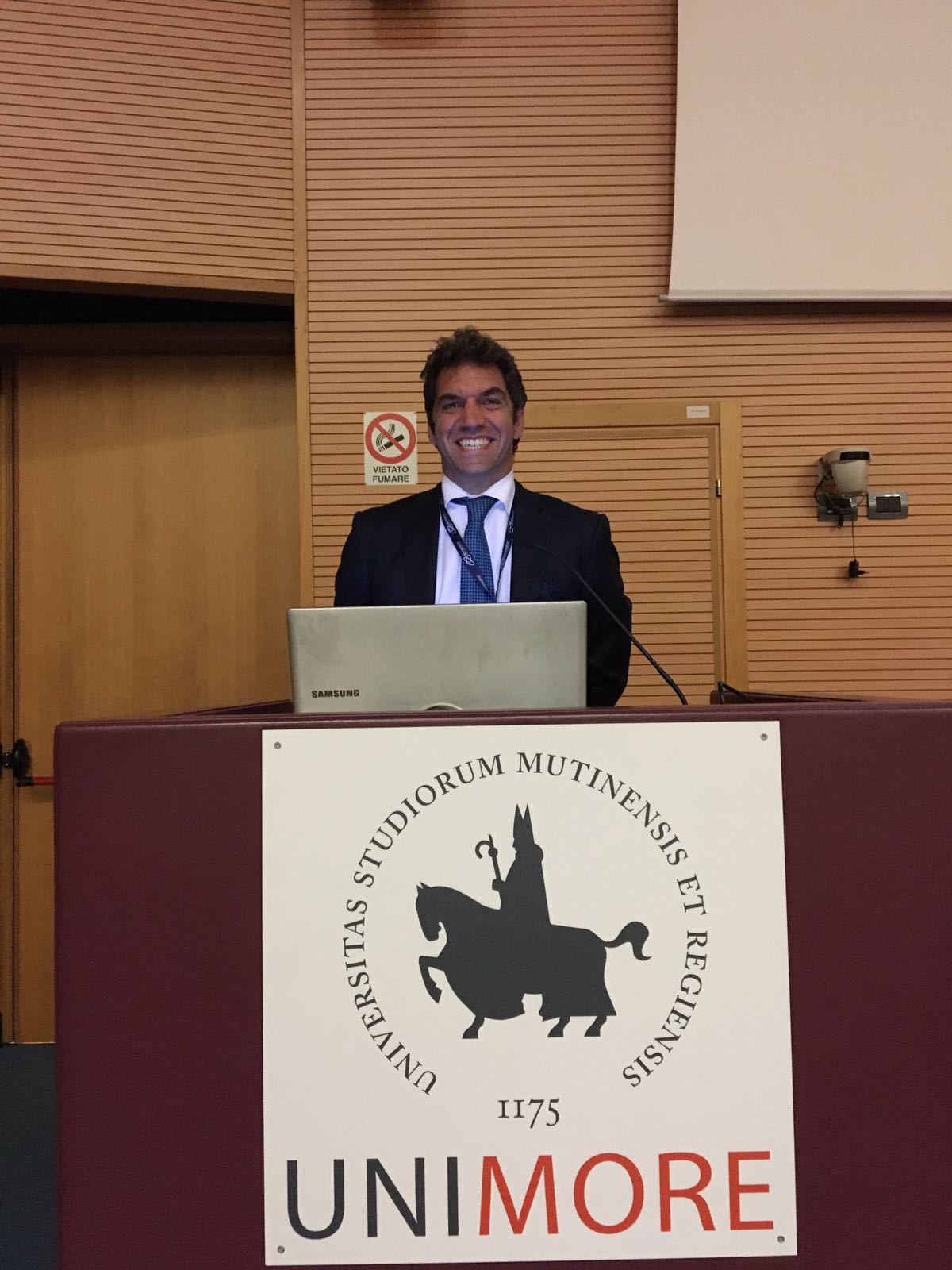Back
Introduction: The introduction of novel robotic platforms represents a new challenge for robotic surgeons.Currently, a face-to-face comparison of surgical systems is still unavailable as the experience with novel platforms is sparse and emerging. We report the first video paper on a robot assisted radical prostatectomy (RARP) performed by a single surgeon with DaVinci, Hugo TM RAS and Versius (CMR) surgical systems.
Methods: Three patients candidates to RARP were enrolled and randomly assigned to receive surgery through one of the three robotic platforms available. Mean age was 72 years, mean PSA value was 7 ng/ml, clinical stage was T1c for every patient. All surgeries were performed by a single surgeon (BR) with high prior console expertise (>1500 robotic procedures). The whole surgical team underwent a prior 3-day cadaver- or animal-lab for both the novel platforms. To provide an objective comparison, each RARP was standardized into steps based on the Educational Working Groups Metrics (Mottrie et al, BJU 2020); metric errors and critical errors (CE) were defined. The primary endpoint of the study was to evaluate the safety of novel platforms with DaVinci considered as a reference; outcome measure is the absence of CE along the whole procedure or significant metric errors throughout different steps.
Results: Surgical procedures were fully completed in all the steps with the three platforms; no intra-operative complications, CE nor significant metric errors invoking a change in surgical strategy occurred. In all cases, patient positioning and port configuration reflected the first surgeon’s standard technique. Regarding technological issues, two high-priority alarms on two different arms of the Versius (because of an inadvertent collision between the trocar and the skin for a prior ineffective port training) occurred and required the bedside unit restart. Three non-critical alarms occurred with the Hugo TM RAS and required a change of instrument (bipolar forceps). All events related to the robotic technology had no clinical or surgical impact.
Conclusions: The introduction of novel robotic platforms such as Hugo TM RAS and Versius is safe and feasible since the very first use on patients. A proper structured training is mandatory before starting the first clinical cases, especially to face some technical issues likely to arise. The impact of prior console expertise is still unknown and, even if unmeasurable, should be considered to support a fast implementation of the new systems. SOURCE OF
Funding: .
Video Abstract Session
Session: V10: Prostate Oncology/ Penile & Testis Oncology/ Misc. Oncology
V10-05: A synoptic journey in robotic assisted radical prostatectomy with three different platforms: clinical cases by a single surgeon with the Da Vinci, Hugo TM RAS and Versius surgical systems.
Sunday, April 30, 2023
1:40 PM – 1:50 PM CST
Location: Video Abstract Theater

Bernardo Maria Rocco, MD
Professor of Urology, University of Milan, Chair of Urology Dept.
University of Modena and Reggio Emilia
Video Presenter(s)
Introduction: The introduction of novel robotic platforms represents a new challenge for robotic surgeons.Currently, a face-to-face comparison of surgical systems is still unavailable as the experience with novel platforms is sparse and emerging. We report the first video paper on a robot assisted radical prostatectomy (RARP) performed by a single surgeon with DaVinci, Hugo TM RAS and Versius (CMR) surgical systems.
Methods: Three patients candidates to RARP were enrolled and randomly assigned to receive surgery through one of the three robotic platforms available. Mean age was 72 years, mean PSA value was 7 ng/ml, clinical stage was T1c for every patient. All surgeries were performed by a single surgeon (BR) with high prior console expertise (>1500 robotic procedures). The whole surgical team underwent a prior 3-day cadaver- or animal-lab for both the novel platforms. To provide an objective comparison, each RARP was standardized into steps based on the Educational Working Groups Metrics (Mottrie et al, BJU 2020); metric errors and critical errors (CE) were defined. The primary endpoint of the study was to evaluate the safety of novel platforms with DaVinci considered as a reference; outcome measure is the absence of CE along the whole procedure or significant metric errors throughout different steps.
Results: Surgical procedures were fully completed in all the steps with the three platforms; no intra-operative complications, CE nor significant metric errors invoking a change in surgical strategy occurred. In all cases, patient positioning and port configuration reflected the first surgeon’s standard technique. Regarding technological issues, two high-priority alarms on two different arms of the Versius (because of an inadvertent collision between the trocar and the skin for a prior ineffective port training) occurred and required the bedside unit restart. Three non-critical alarms occurred with the Hugo TM RAS and required a change of instrument (bipolar forceps). All events related to the robotic technology had no clinical or surgical impact.
Conclusions: The introduction of novel robotic platforms such as Hugo TM RAS and Versius is safe and feasible since the very first use on patients. A proper structured training is mandatory before starting the first clinical cases, especially to face some technical issues likely to arise. The impact of prior console expertise is still unknown and, even if unmeasurable, should be considered to support a fast implementation of the new systems. SOURCE OF
Funding: .
